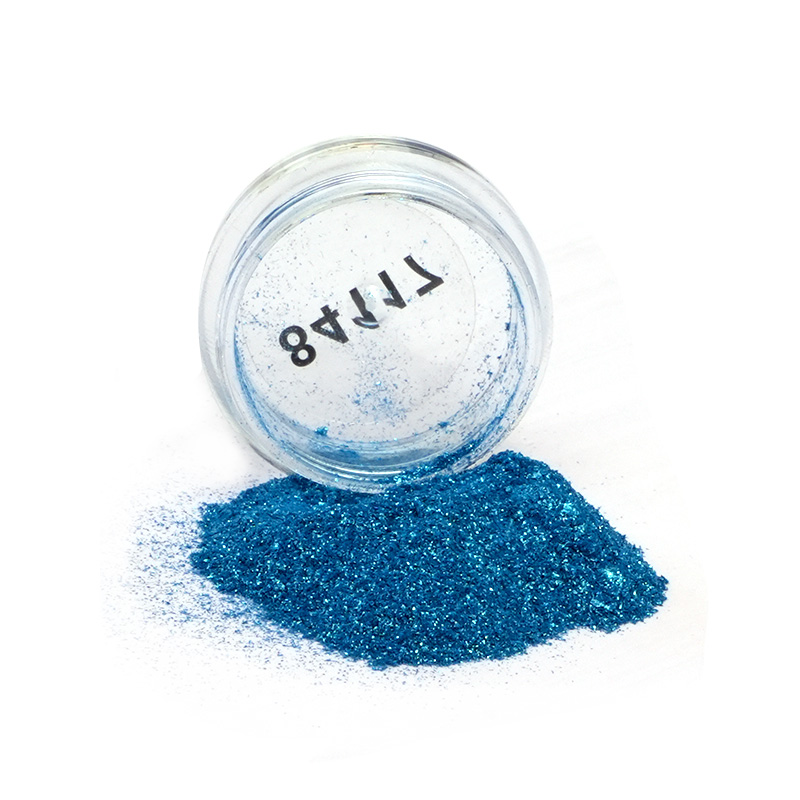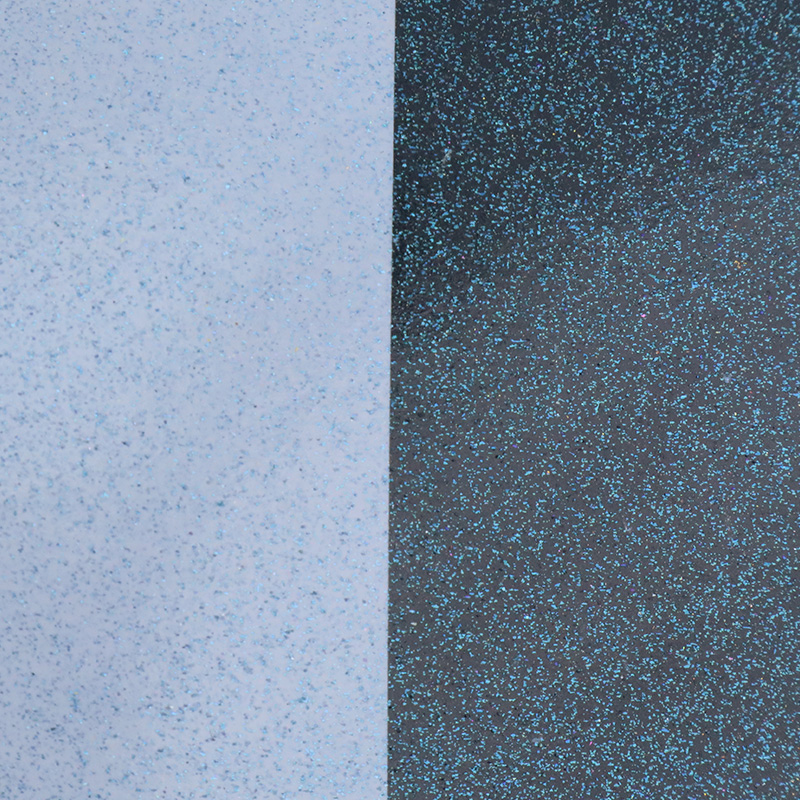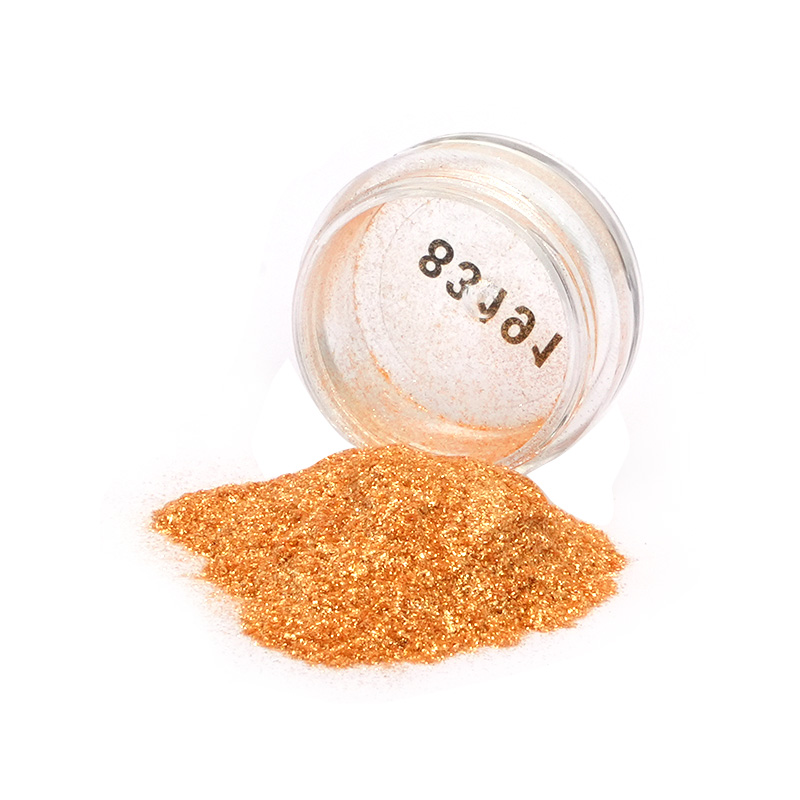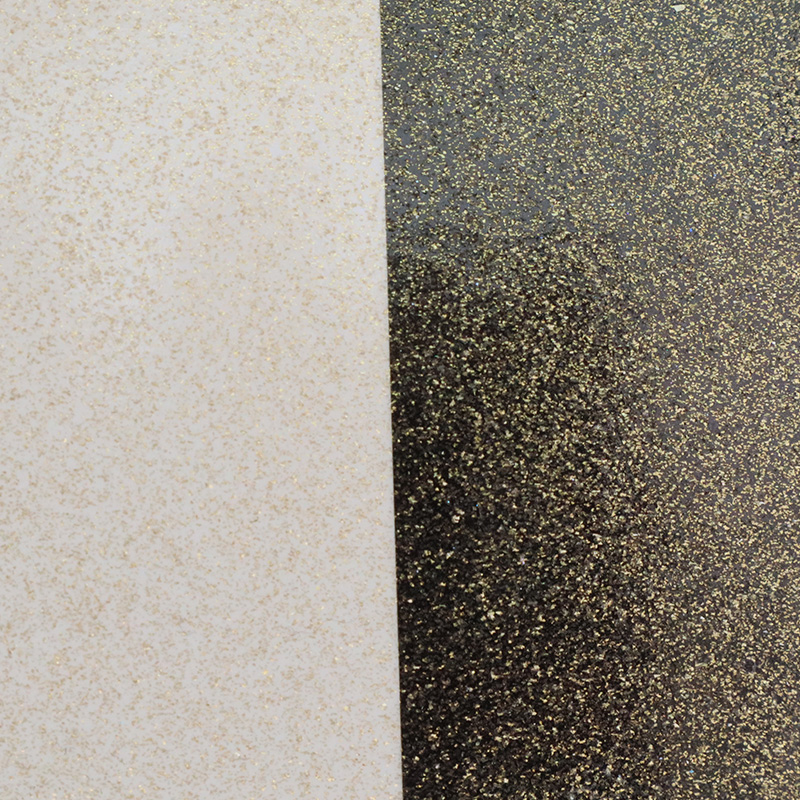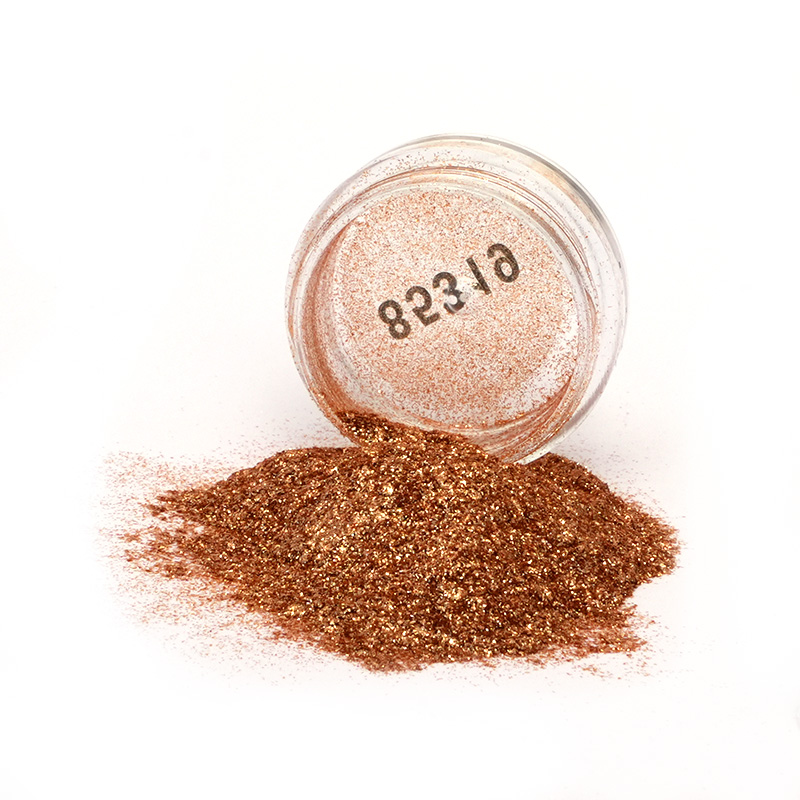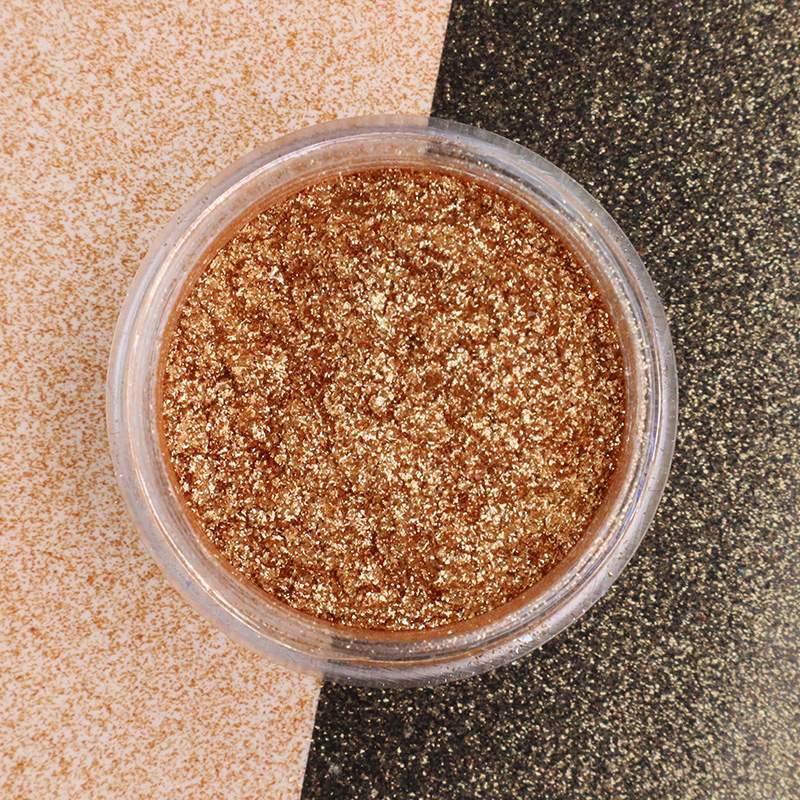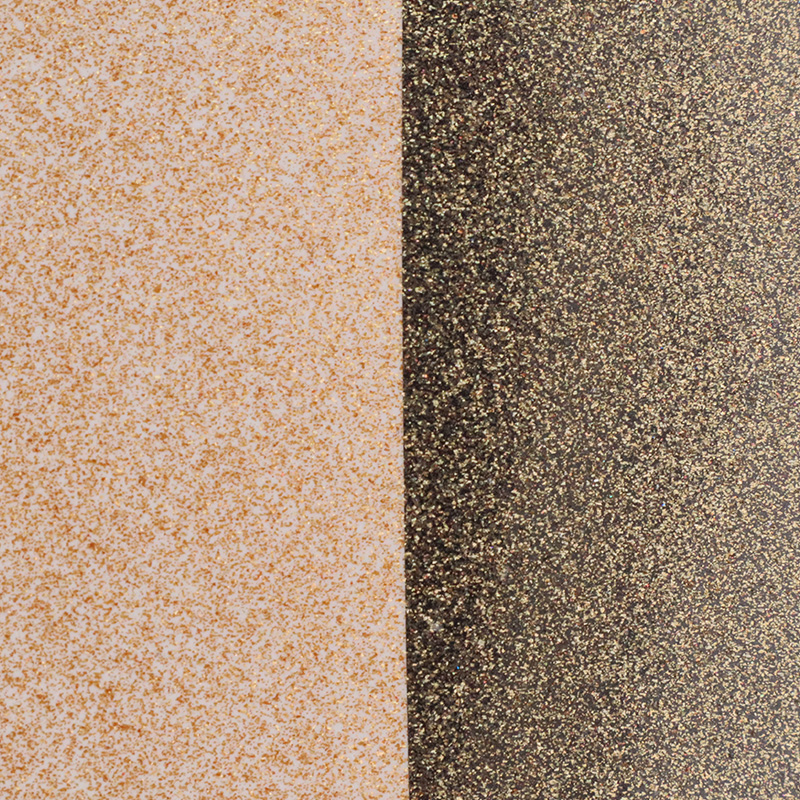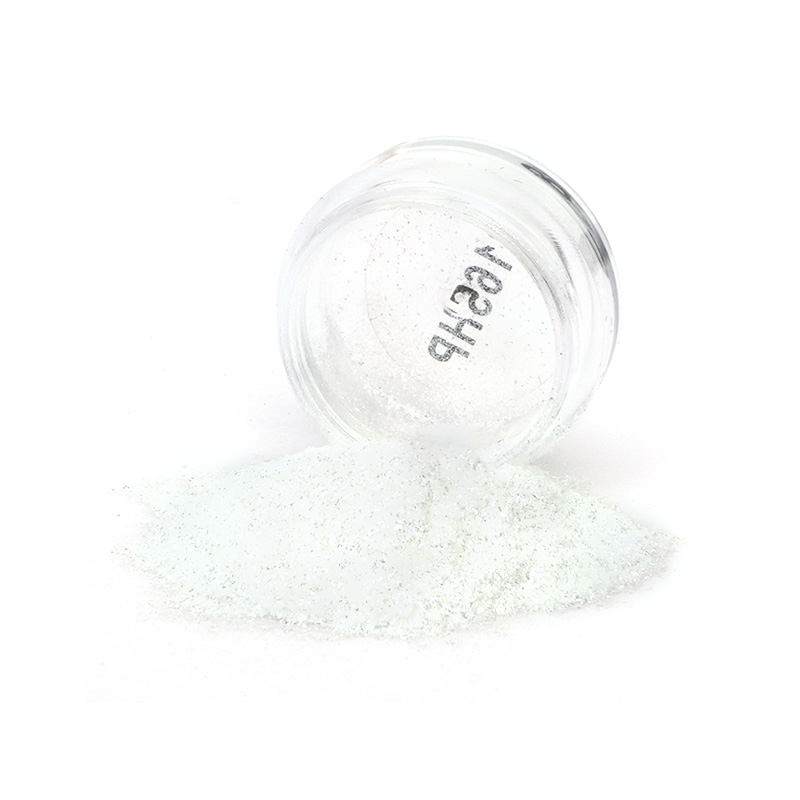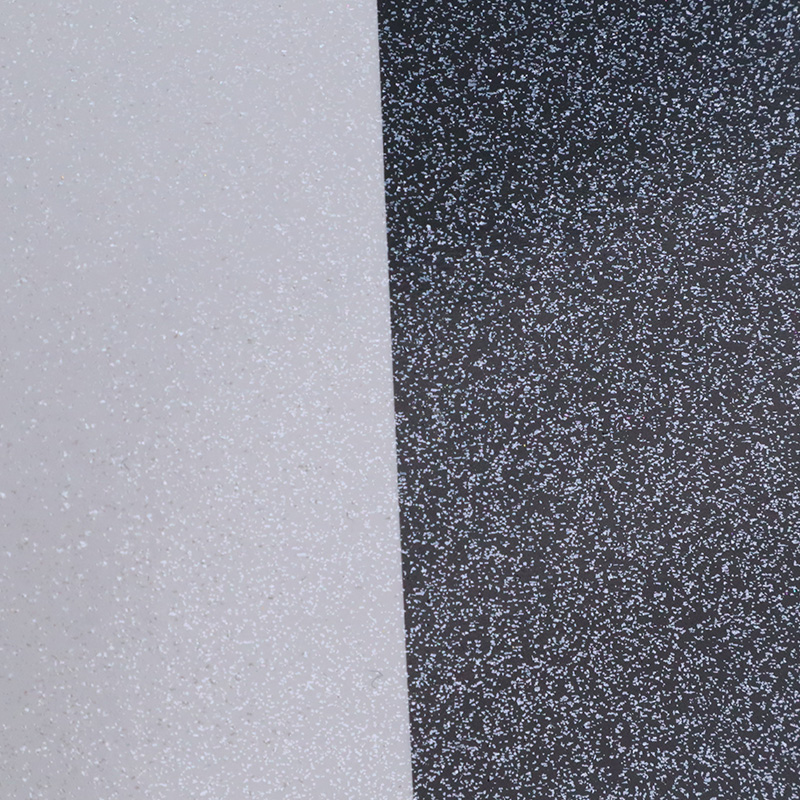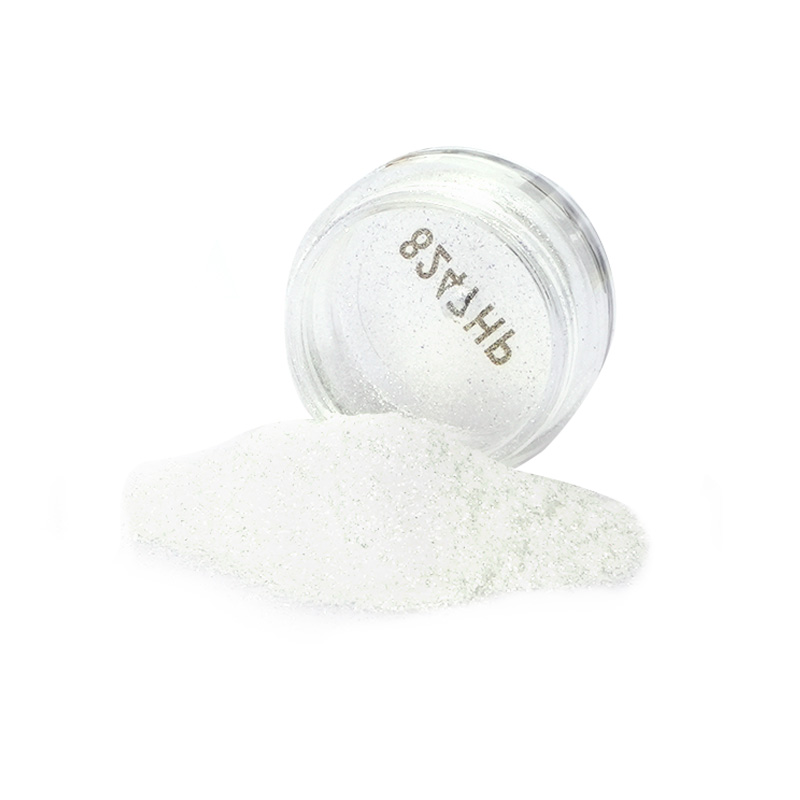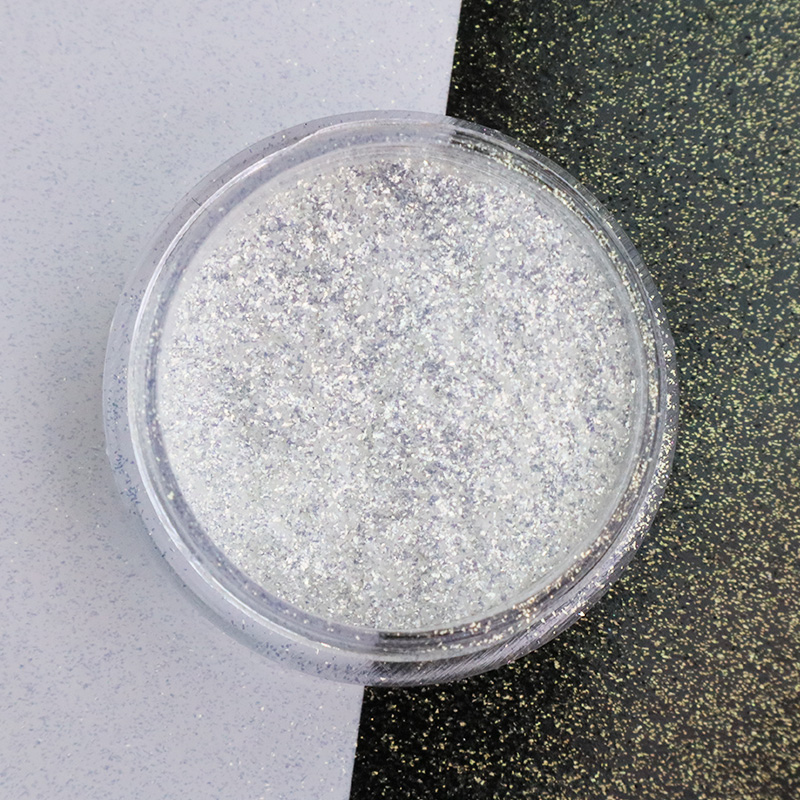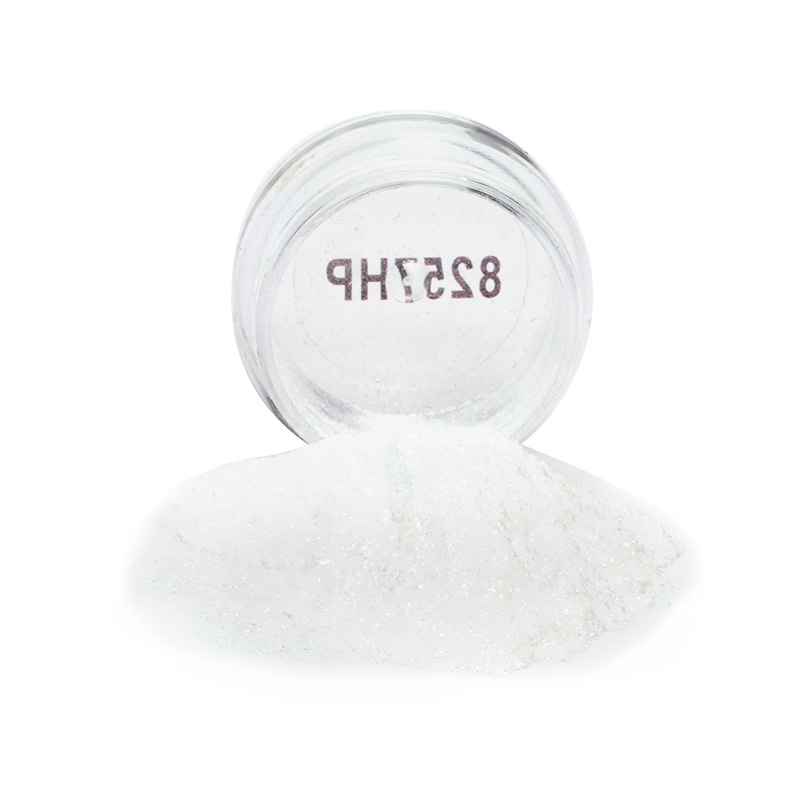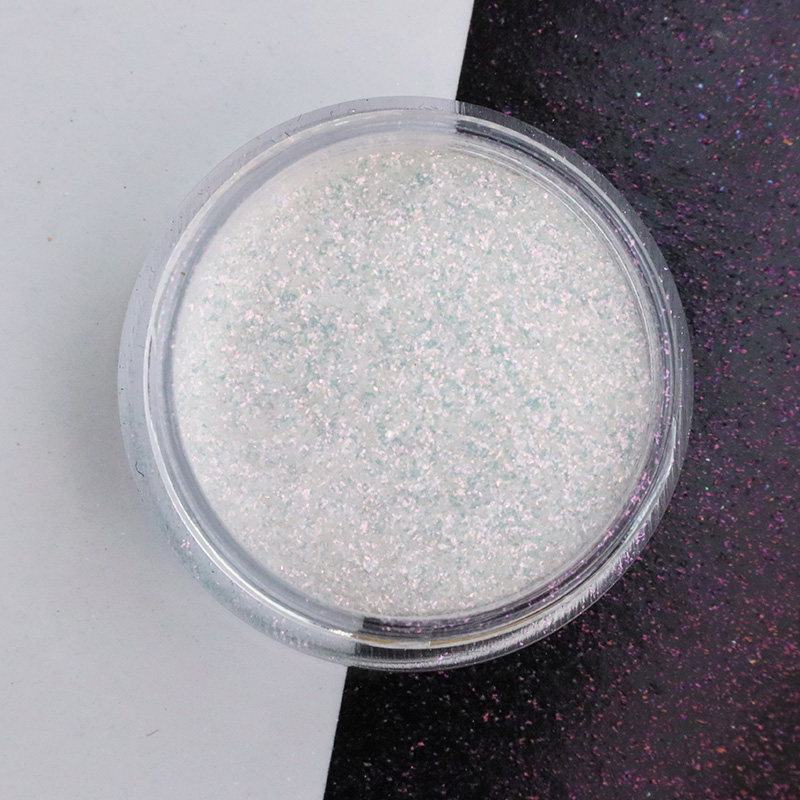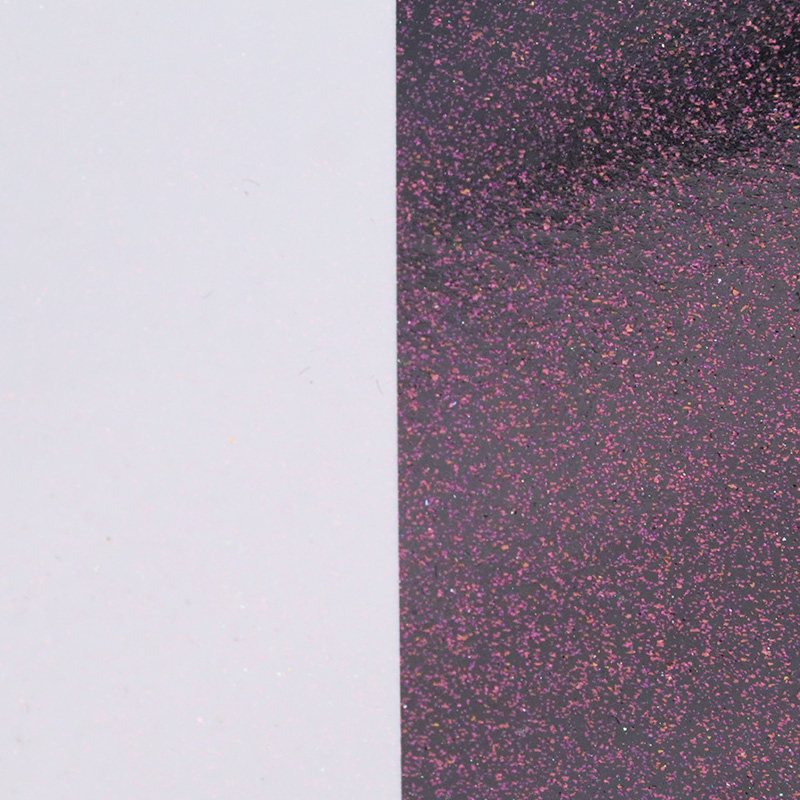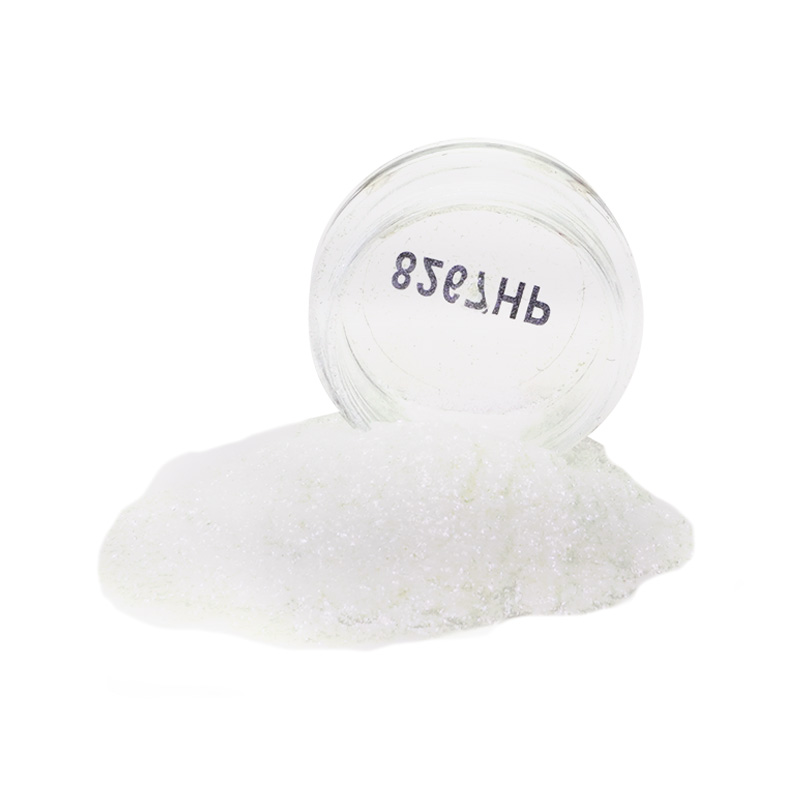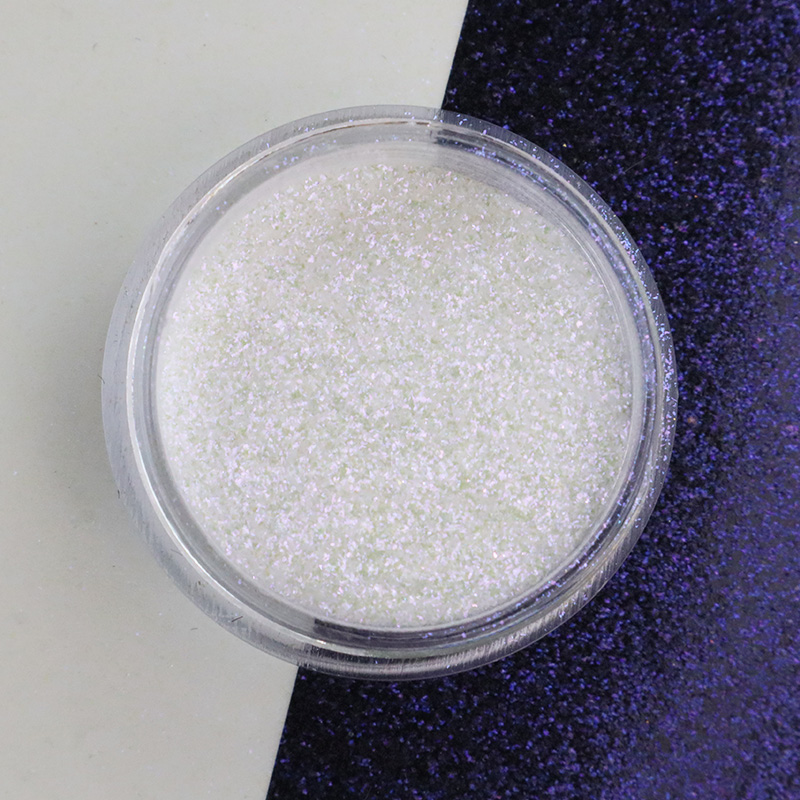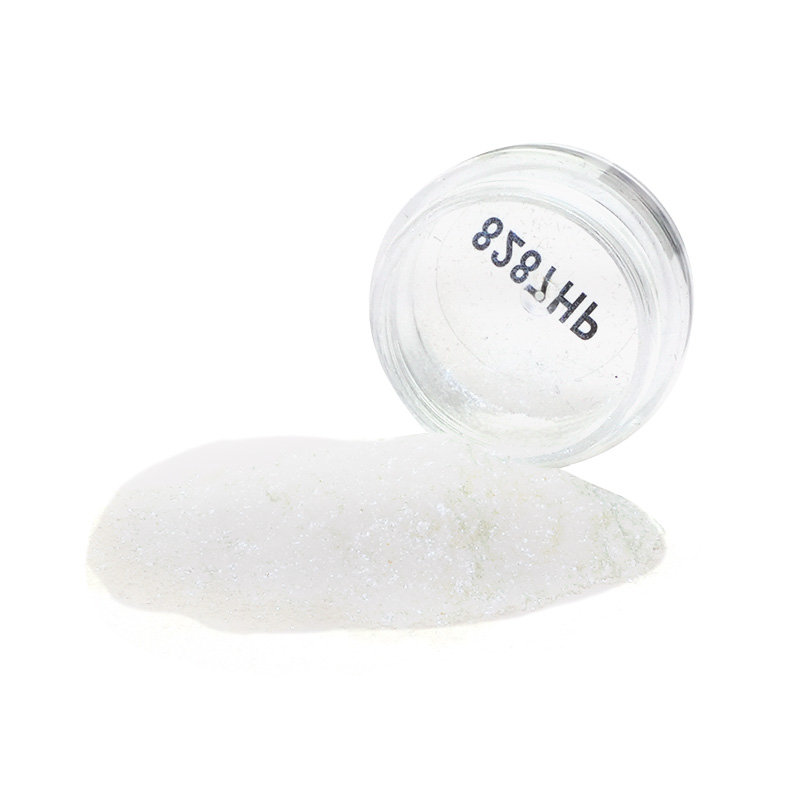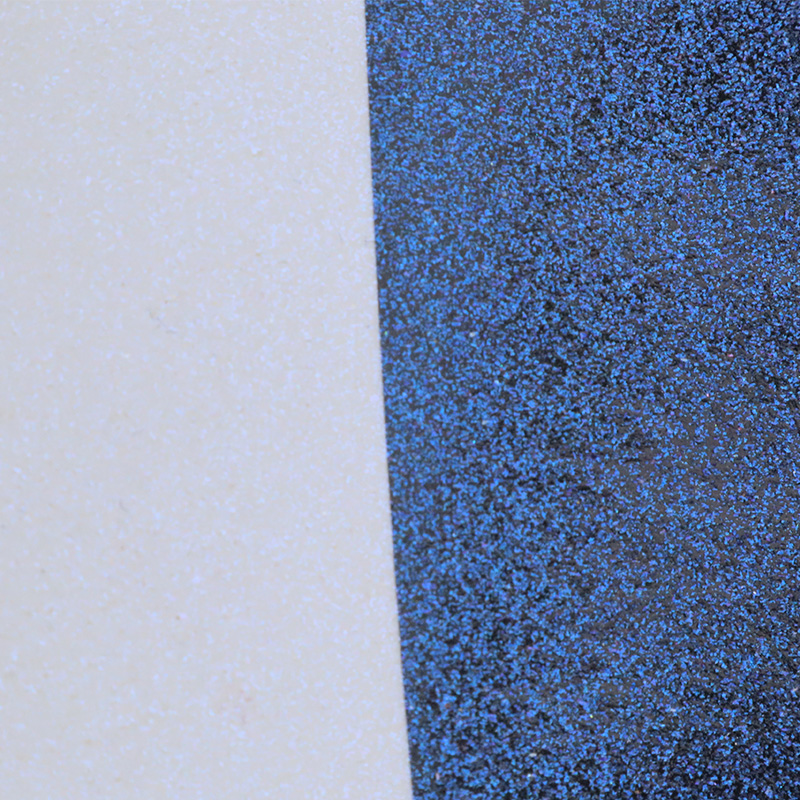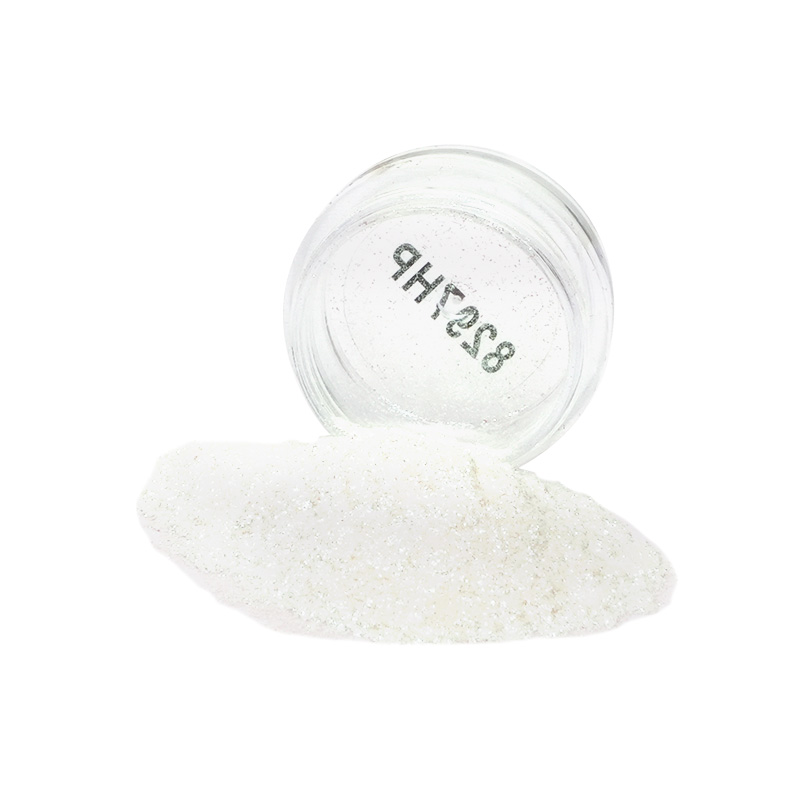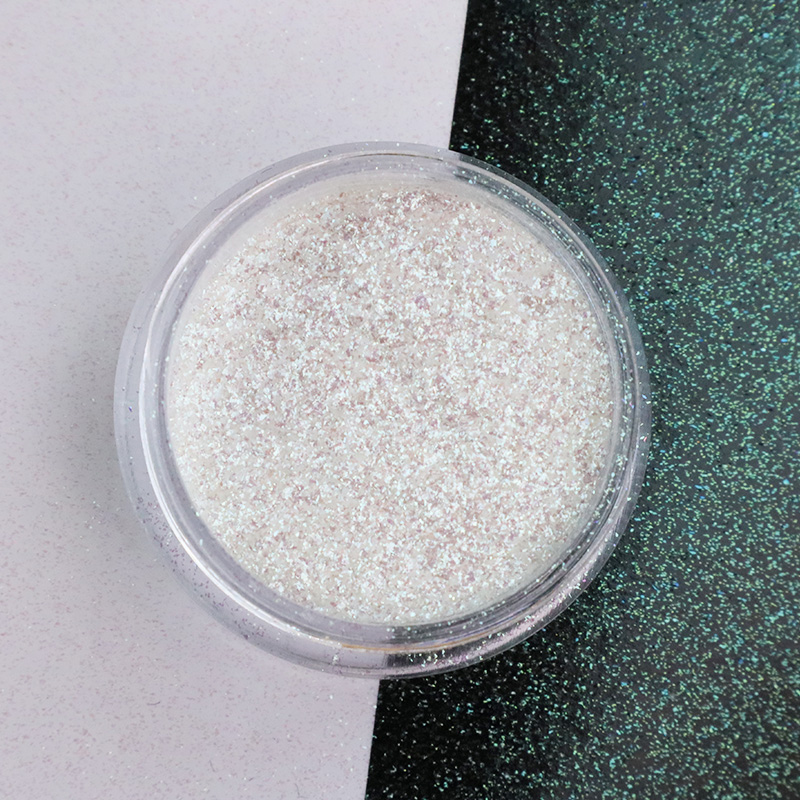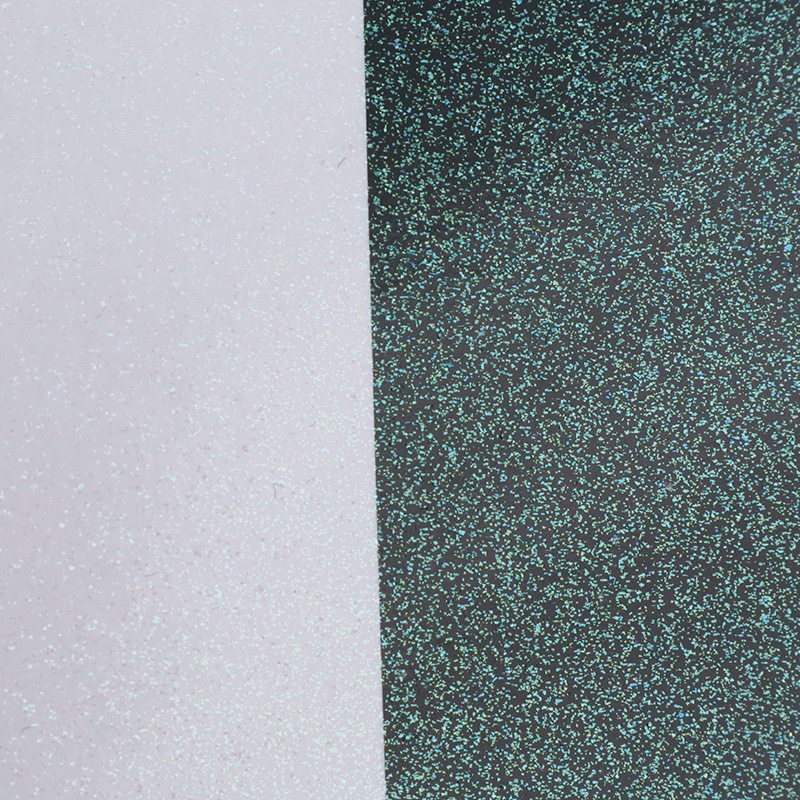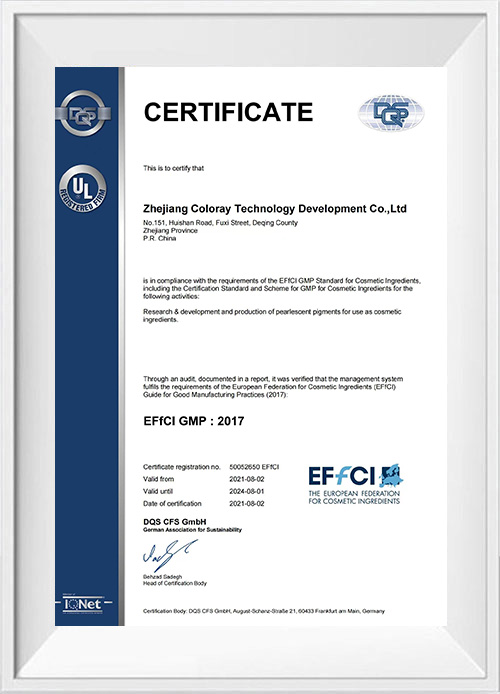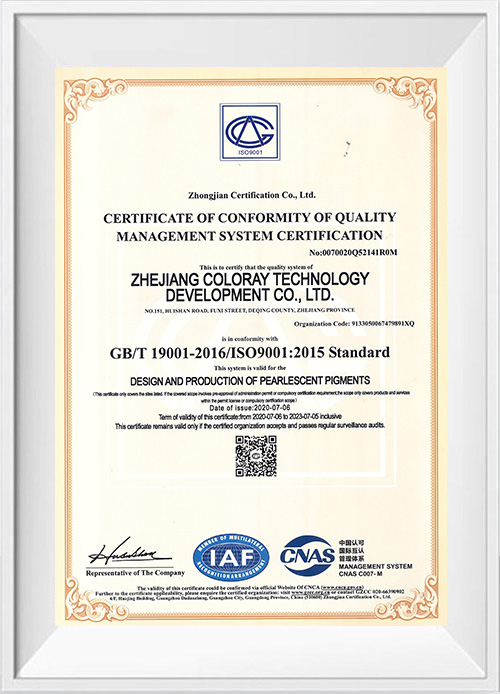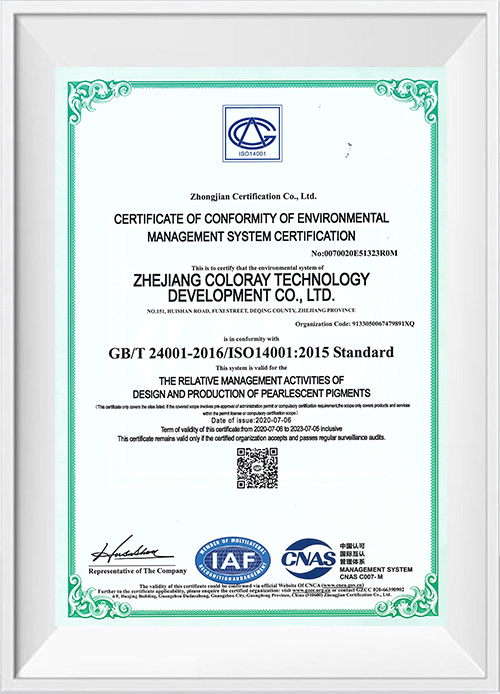Zhejiang Coloray Technology Development Co., Ltd. jest niezawodnym dostawcą i firmą fabryczną, został założony w 2008 r., Koncentrując się na badaniach i rozwoju plaskiej pigmentacji efektów kosmetycznych przez ponad 10 lat, firma zdobyła wiele nagród, w tym przedsiębiorstwo zaawansowane technologie, kosylne przedsiębiorstwo (kodeks technologiczny ( 900310).
Firma znajduje się w krajowym zaawansowanym technologicznie parku przemysłowym-deqing Moganshan High-Tech. W podstawowym kręgu strefy ekonomicznej Delta River River, która jest przyjemnym miastem o położeniu geograficznym i pięknym środowisku naturalnym, kiedyś wybranym przez New York Times jako osiemnastego miejsca na świecie, które warto odwiedzić. Fabryka Coloray znajduje się w malowniczej strefie zaawansowanej technologii Moganshan w deqing, w której tworzymy piękne kolory.
Jednocześnie firma przestrzega koncepcji innowacji, a innowacje technologiczne jest niewyczerpaną siłą napędową przedsiębiorstw. Firma łącznie opracowała ponad tysiąc rodzajów produktów klasy kosmetycznej. Aby nieustannie poprawić możliwości badań i rozwoju i zdolności innowacji, firma ustanowiła współpracę branżowo-akademicką z dużymi uniwersytetami i wprowadziła dużą liczbę krajowych i zagranicznych talentów wysokiej klasy.
ColorAy jest zaangażowany w dostarczanie użytkownikom kolorów szereg efektów pigmentów o wyjątkowej wydajności, stabilności i spójności partii; Mieć profesjonalne wsparcie techniczne i konkurencyjność cenową. Niezależnie od tego, czy są to kosmetyki, powłoki, tworzywa sztuczne, atramenty do drukowania, skóra, czy branża budowlana, Coloray jest dostawcą i długoterminowym partnerem wielu międzynarodowych marek, zapewniając stałą jakość i unikalne wyniki. Niezależnie od tego, czy wybranie bieżącego produktu z naszego instrukcji instrukcji produktu, czy szukanie dostosowanej usługi, skontaktuj się z nami. Nasz doświadczony zespół dołoży wszelkich starań, aby spełnić Twoje wymagania i zadowolić Cię. Dzięki wysokiej jakości, silnym wsparciu technicznym i kompleksowym usługom, Coloray jest twoim partnerem.
- Dom
- O
- Produkty
- Warunkowe wyszukiwanie
- Pigment perłowy klasy kosmetycznej
- Pigmenty zmieniające kolor
- Nowy kolor perłowy pigment
- Pigmment Perłowy Magenta
- Saffron Perłowy Pigment
- Szczyt złoty pigment perłowy
- Platinowy pigment perłowy platyny
- Nagie odcień skóry perłowy pigment
- Pigment perłowy o wysokiej chromie
- Star Diamond Pearlesce Pigment
- Scyntyllance perłowy pigment
- Antyczny pigment perłowy
- Pigmment Pearls Pigmment powlekany Rayshine
- Lava Pearlesce Pigment
- Naturalny pigment perłowy
- Kryształowy pigment perłowy
- Diamentowy pigment perłowy
- Kolorowy pigment perełowy pokryty kolorami
- Tio2 wolny pigment perłowy
- Raysoft silikonowy pigment perłowy
- Leczenie powierzchniowe pigment perłowy
- Ray-3D magnetyczny pigment perłowy
- Pigment perłowy klasy przemysłowej
- Powłoki motoryzacyjne
- Zupełnie nowy produkt
- Aplikacja
- Wsparcie
- Aktualności
- Kontakt

